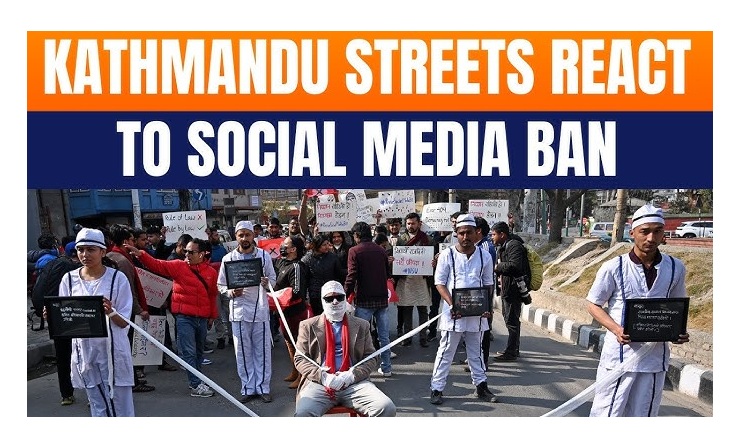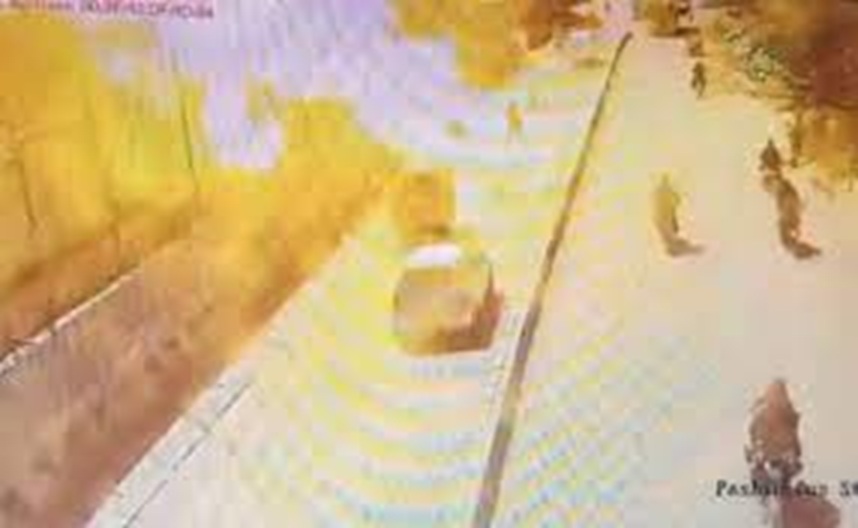Thousands take to Kathmandu’s streets after Facebook, YouTube, and X go dark; anger grows over censorship and decades of political corruption.
What’s Happening in Nepal?
Thousands of Gen Z protesters flooded the streets of Kathmandu on Monday, demanding the restoration of social media access and an end to widespread corruption in Nepal.
This comes after the government abruptly blocked 26 unregistered platforms last Friday, rendering major sites like Facebook, YouTube, and X (formerly Twitter) inaccessible. Instagram, widely used for business and communication, was also affected.
The Social Media Blackout
- Date of Ban: Initiated Friday
- Platforms Affected: Facebook, YouTube, X, Instagram, and 22 others
- Official Reason: Failure to register locally and comply with new regulations
- TikTok Still Active: Ironically, TikTok remains operational and has become a platform for viral protest content
Voices From the Ground
“We were triggered by the social media ban, but that’s not the only reason we’re gathered here,”
— Yujan Rajbhandari, 24, student protester
“We want to see change. Others have endured this, but it has to end with our generation.”
— Ikshama Tumrok, 20
“They’re afraid what happened abroad might happen here too.”
— Bhumika Bharati, protester
Protesters began with the national anthem and waved Nepali flags, before launching into chants condemning the ban and accusing the government of becoming increasingly authoritarian.
What Sparked the Outrage?
While the social media ban was the immediate catalyst, the protest taps into longstanding frustrations with:
- Institutional corruption
- Political nepotism
- Lack of youth representation in governance
- Censorship and digital authoritarianism
Many online users were outraged after TikTok videos went viral showing the lavish lifestyles of politicians’ children, sharply contrasting with the economic struggles of average Nepalis.
Government’s Justification & Response
The government claims it is acting in line with a Supreme Court order and gave companies seven days to register in Nepal, appoint compliance officers, and create a local grievance system.
A cabinet decision last month set these requirements, aimed at regulating online activity and addressing concerns about fraud, misinformation, and national security.
In a public statement on Sunday, the government said it respects freedom of expression and is working to ensure a “safe and open digital environment.”
Nepal’s History of Online Restrictions
- Telegram Blocked: In July, citing online fraud
- TikTok Ban: Nine-month suspension lifted in August 2024 after compliance
- Recurring Censorship: Nepal has a history of cracking down on digital platforms, often citing regulatory gaps
Nepal’s Gen Z Finds Its Voice
The protests reflect a generational awakening in Nepal. While older generations may have endured political corruption and control, today’s youth are demanding transparency, digital freedom, and a seat at the table.
As the government grapples with growing unrest and international scrutiny, the movement sparked by a social media blackout may mark the beginning of broader political change in the Himalayan nation.



